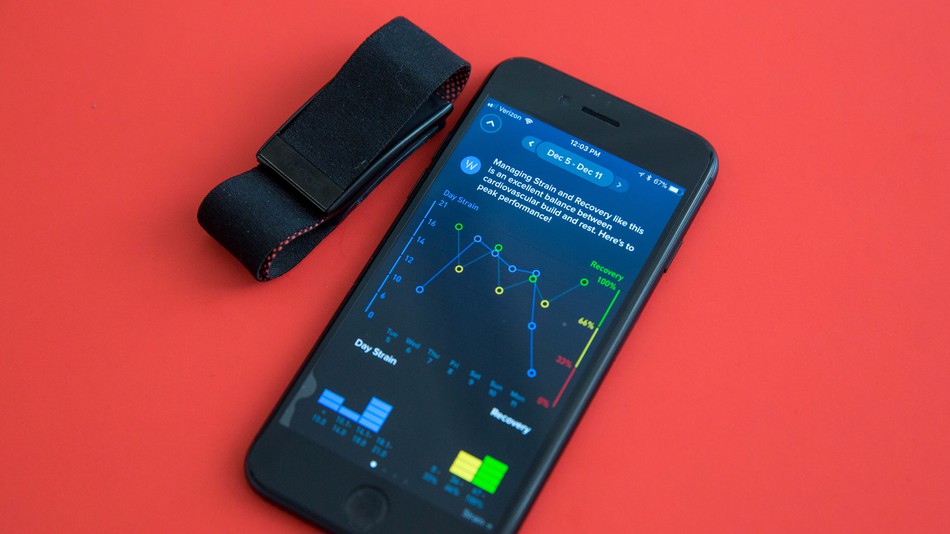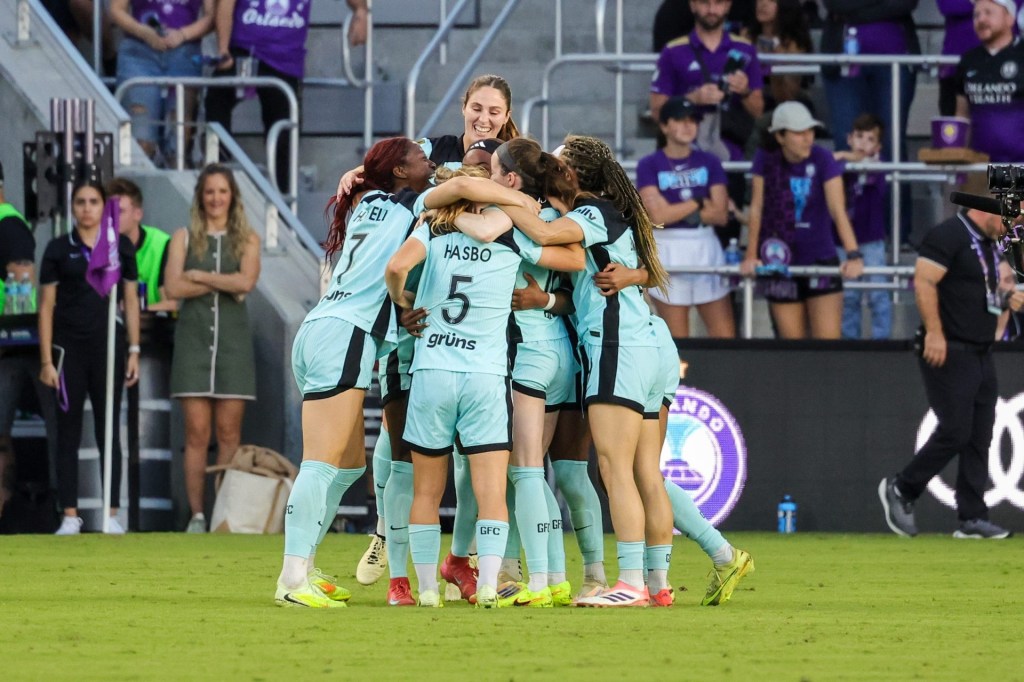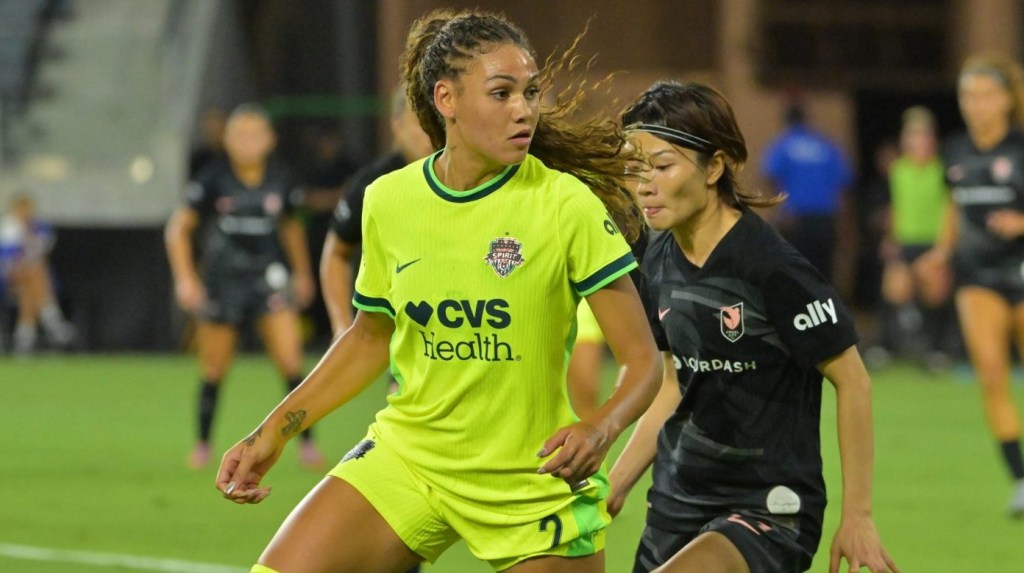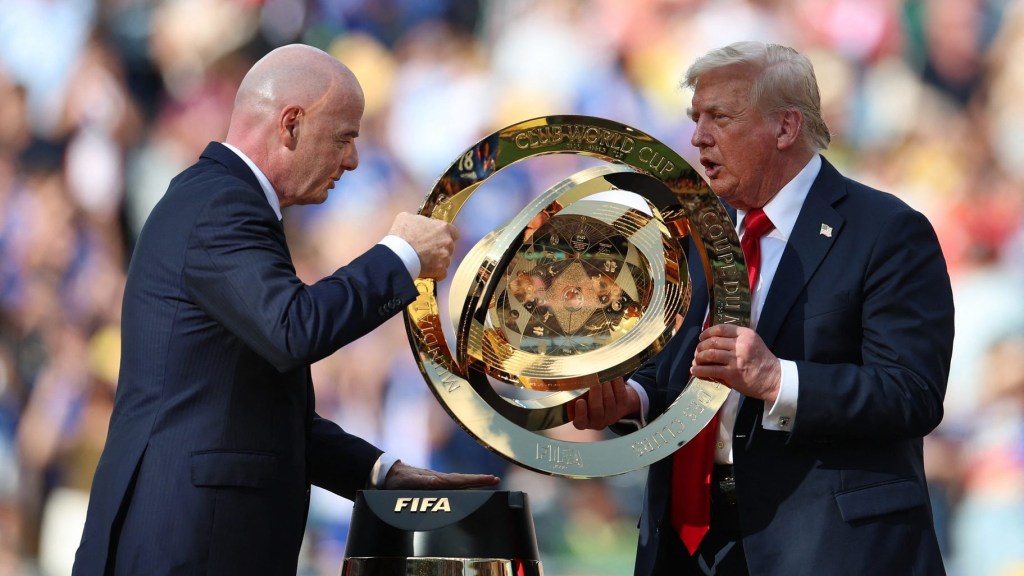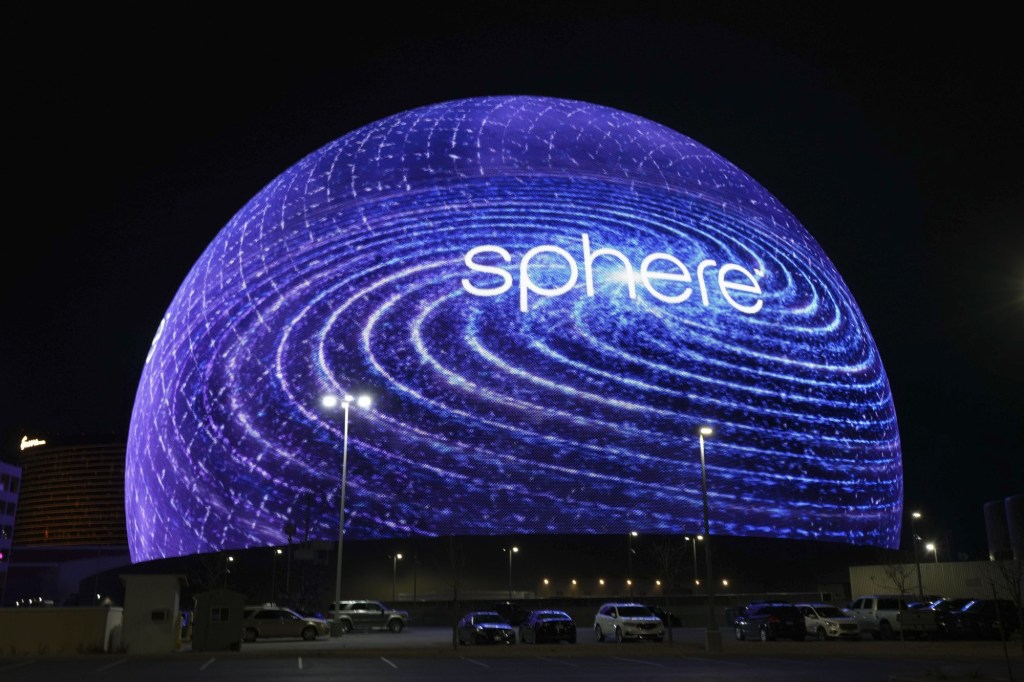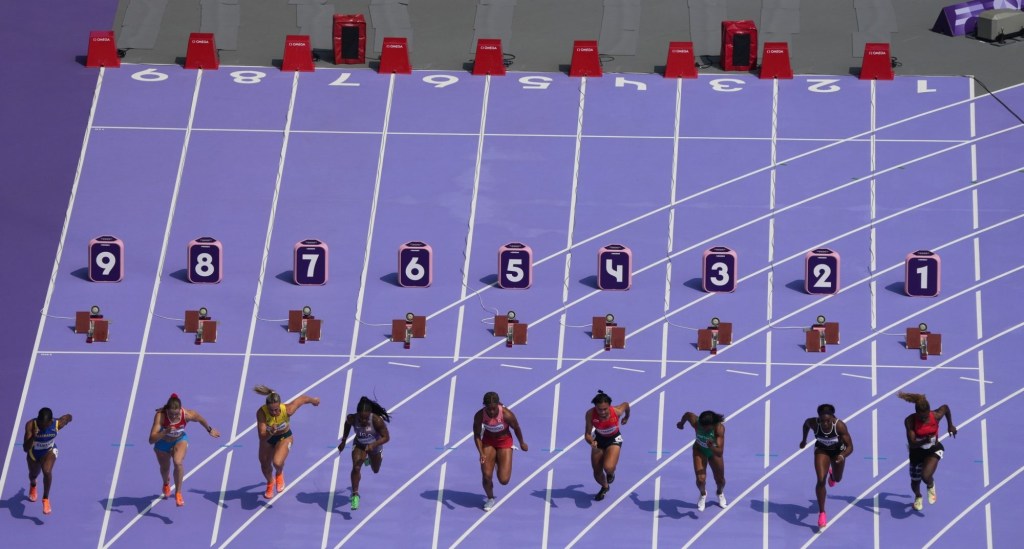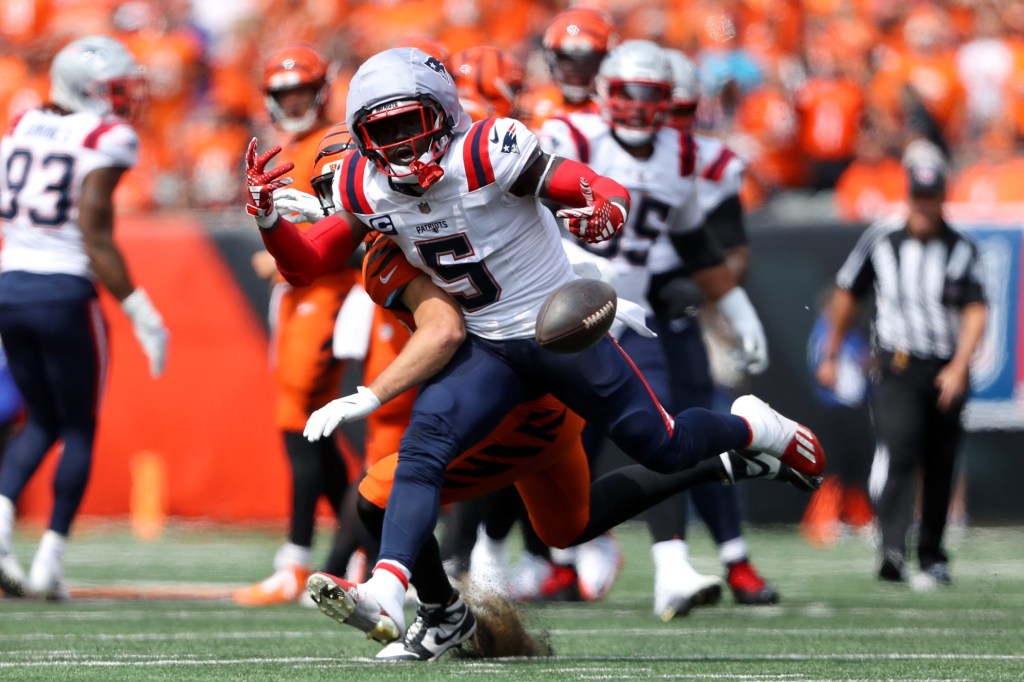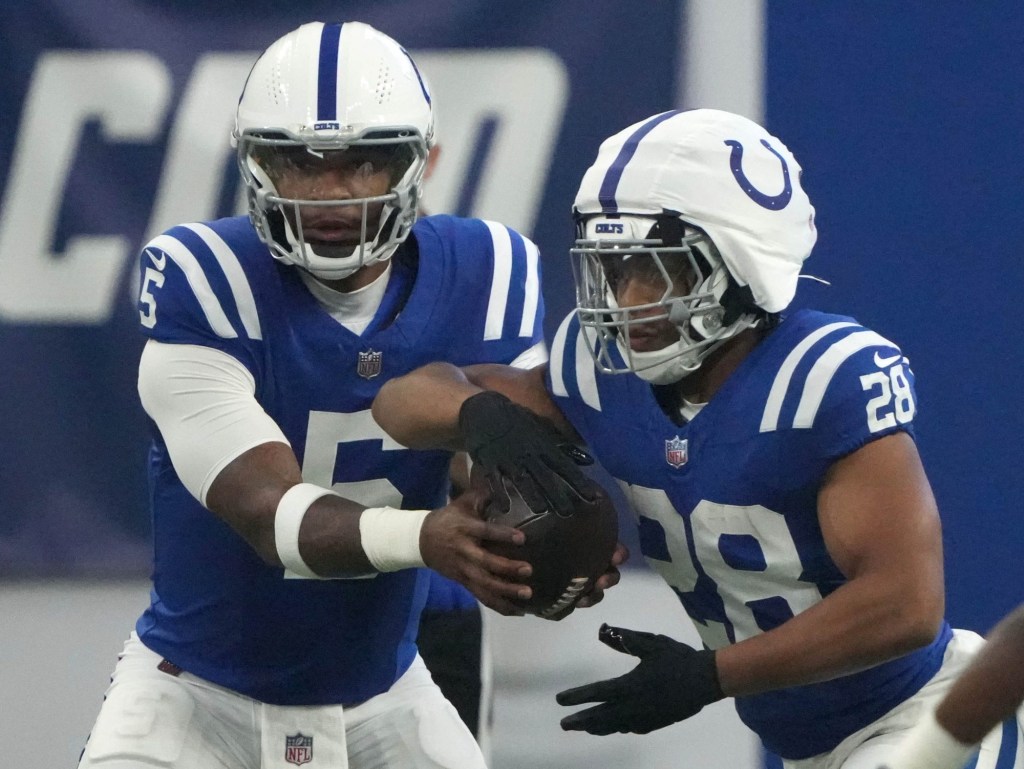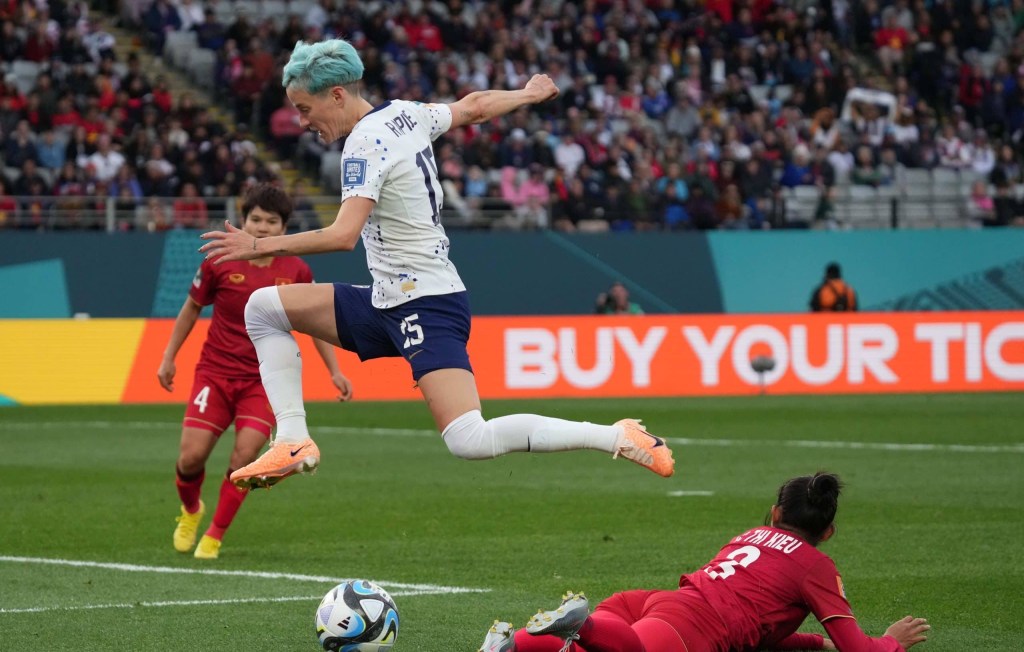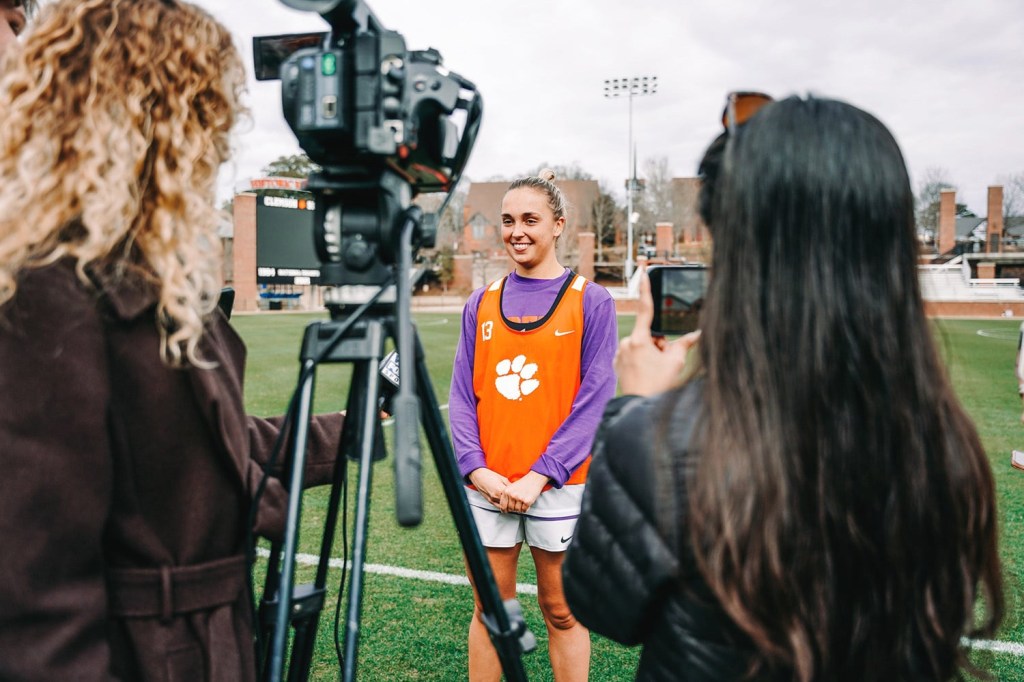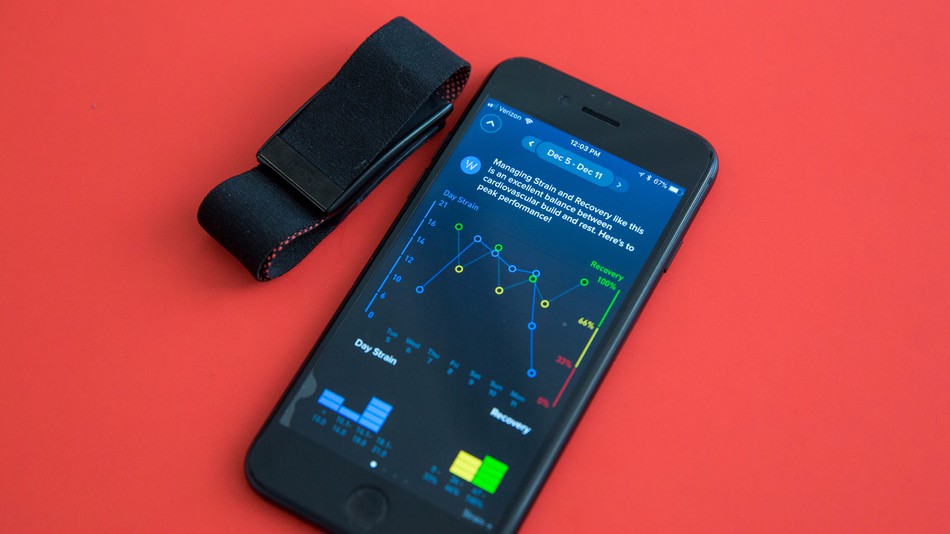
Image via Whoop
Former New Jersey Devil Patrik Elias rocketed wristshots into the back of a virtual net on the Sands Expo show floor at CES this week in Las Vegas.
Elias came off the mock ice, removing his gloves and mask noticeably fatigued from his few minutes running through one of the more than 70 drills in the Sense Arena virtual reality training system. The 20-year NHL player was at CES to support the Czech company, but has no financial interest in it currently, however current Boston Bruin David Pasternak does.
“As an ex-pro, it’s hard,” said Elias, who scored more than 400 goals in the NHL and assisted on more than 600 more. “It’s a great workout, a great way to train yourself. Everyone is trying to get better, trying to find tools to get better because the competition is getting tougher and tougher.”
Virtual reality technology has come an incredible way in just a few years and can replicate many situations a player might encounter on the ice, or field or court. Elias didn’t have tech as a child but knows it’s part of life practically from day one today, so he thinks it’s better than just sitting on the couch when not playing.
He also said as he played technology made its presence known more as he neared the end of his career in 2016. When he was starting in the NHL 20 years ago, Elias said physicals included peripheral vision reaction testing with light bulbs.
“We didn’t have shooting galleries in our locker rooms, that’s happened the last few years,” he said. “Now tech is a big part of any professional sport now. The data tracking, the sleeping patterns. This is another tool, a way to double up and better performance of an individual.”
READ MORE: Technology Helps Bring Immersion and Engagement to Partnerships
Sense Arena, a company from Czech Republic, won’t replace all training. The virtual reality system was created by a hockey dad, Bob Tetiva, who wanted to provide his son with more training opportunities on top of his ice time. Although it’s not the physical focus of on-ice training, Tetiva said the virtual reality drill intensity can be four times that of on-ice and can leave a participant sweating profusely.
“On one side, it’s a supplement,” Tetiva said. “The focus isn’t on the hardness of a shot or accuracy, but on the cognitive function. It’s not about being fit, but being intelligent in the play.”
Cognitive development can help young athletes develop their reaction times and ability to slow down play, Elias said.
“The best players always say they see plays develop slowly in their head,” he said. “Maybe this is a way to help. The brain is the most powerful thing we have and if you train that reaction time, like working on rebounds in this tech, it can translate to the ice, slow down the game for you.”
[mc4wp_form id=”8260″]
At the CES Sports Zone at Aria Hotel and Resort, a panel convened to talk about the connected athlete and wearable technology and how it impacts athletes. The panel included Colette Lucas-Conwell, a member of the U.S. National Rowing Team, who said in her role as coxswain data is extremely useful. She did, however, express doubt in the need for infinite data.
“We’re always a bit scared when there’s a new heart rate monitor, what is the data used for?” Lucas-Conwell said.
Also on the panel was Steven Webster, the founder and CEO of asensai, which brings together smart apparel with sensors, motion capture and posture recognition with machine learning and data science to create an AI personal coach.
READ MORE: AI-Powered Basketball App To Give Players New Training Assist
Part of asensai’s goal is to take away the user interface with data, instead using the data and putting it into actionable coaching. Data is a buzzword and most people don’t know what to do with it. Webster said it’s the tech’s job to make sense of the data and provide that feedback to a user.
“The best imaginable consumer experience is in that right moment hearing, ‘Sit up tall,’” Webster said. “We’re more successful the less graphs and the more we put the voice in your ear.”
